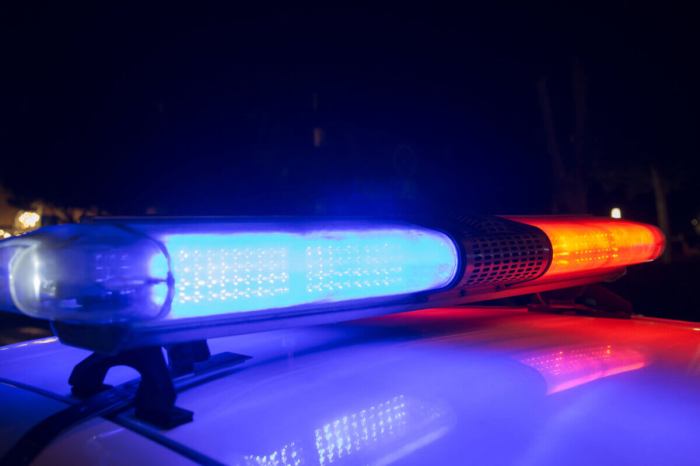An update to the NYPD policy regarding facial recognition technology does not change precautions against using the feature as evidence to convict, according to Police Commissioner Dermot Shea.
As the technology advances, Shea said, the department will continue to use facial recognition only as an investigative tool to identify possible suspects and identify deceased individuals, among other guidelines.
“It is our responsibility to ensure investigators are equipped with effective technologies to bring justice to New Yorkers who have been victimized,” Shea said. “When a crime occurs and there is video or images of a perpetrator committing a crime — and that perpetrator is unidentifiable — trained investigators take that image and compare it against lawfully obtained arrest photos. A facial recognition match is merely a lead; it is not probable cause.”
Although Shea called the new policy a balance between “public safety and privacy,” the Legal Aid Society took a dim view of the policy which they said could still violate the privacy of suspects through misidentification.
Jerome Greco, Supervising Attorney of the LAS’s Digital Forensics Unit, called out the discretion still at the fingertips of the Chief of Detectives or the Deputy Commissioner of Intelligence and Counterterrorism to make exceptions to use of the facial recognition database.
“The policy does nothing to change the documented biases present in the use of facial recognition systems, particularly against people of color, women, young people, and transgender people,” Greco said. “The NYPD also failed to address their use of photo manipulation such as adding eyes and mouths from unrelated photographs to the images they are submitting to their system, which increases the likelihood of an inaccurate possible match candidate.”
According to NYPD, these six bullets are a basic summary of the new policy:
a) To identify an individual when there is a basis to believe that such individual has committed, is committing, or is about to commit a crime.
b) To identify an individual when there is a basis to believe that such individual is a missing person, crime victim, or witness to criminal activity.
c) To identify a deceased person.
d) To identify a person who is incapacitated or otherwise unable to identify themselves.
e) To identify an individual who is under arrest and does not possess valid identification, is not forthcoming with valid identification, or who appears to be using someone else’s identification, or false identification.
f) To mitigate an imminent threat to health or public safety (e.g. to thwart an active terrorism scheme or plot, etc).
“If the possible facial recognition match is not enough to establish probable cause, is it enough to stop the person on the street?” Greco asked. “Is it enough to pull a car over? Does it allow for an officer to go to the possible match candidate’s home or place of business to try to “convince” the person to speak with the NYPD?”
According to police, the new Patrol Guide provision went into effect immediately as of March 13.



































